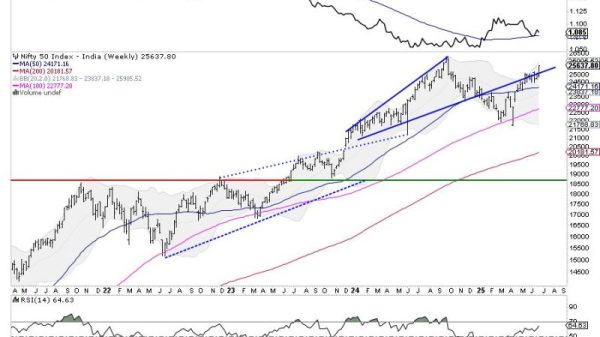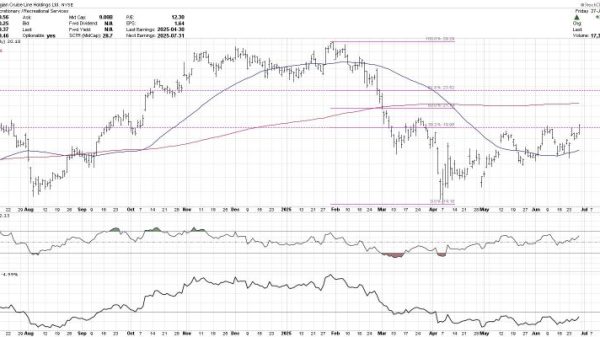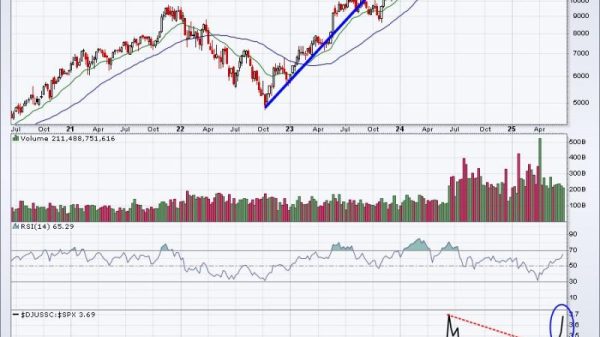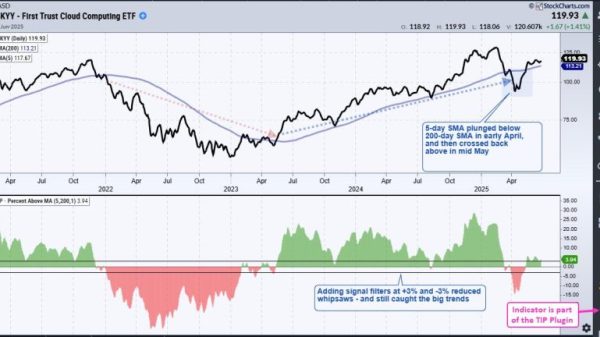During his speech at the Democratic convention Tuesday, former president Barack Obama made an underrecognized point about political decision-making in the United States.
“The rest of the world is watching to see if we can actually pull this off,” Obama said. “No nation, no society has ever tried to build a democracy as big and as diverse as ours before. One that includes people that, over decades, have come from every corner of the globe. One where our allegiances and our community are defined not by race or blood but by a common creed.”
“And that’s why,” he continued, “when we uphold our values, the world’s a little brighter. When we don’t, the world’s a little dimmer — and dictators and autocrats feel emboldened, and over time, we become less safe.”
This is true. It is true that the rest of the world — in no place as composed of immigrants and their children and in no place as racially and ethnically diverse — is tracking whether pluralistic democracy can succeed here. It is true that those hostile to diversity and immigration are happy to see us fail, to see the United States prove incapable of collectively choosing our future. Should that happen, they have a potent argument against diversity and immigration in their own countries.
It is also true that the stability and success of our democracy is still uncertain. It has been less than a century that Black Americans were allowed to participate fully in democracy, to the extent that this was secured by the Voting Rights Act. When Oprah Winfrey on Wednesday night spoke of Ruby Bridges and other Black girls who were among the first to integrate Southern schools, she didn’t mention that Bridges was about her age.
What other speakers pointed out in their speeches at the convention was that there was a sharp divide between the two parties in the extent to which they mirrored the U.S. population. The Democratic convention has been visibly more diverse than the Republican one last month, a reflection, at least in theory, of the extent to which the Democrats more closely mirror the population.
As it turns out, this isn’t only theoretical. In April, Pew Research Center released analysis exploring the composition of each party. There were relatively recent divergences between the parties (including independents who tend to vote with the parties) on age and college education. But the difference on racial diversity was long-standing.
In 2023, the Republican Party was more densely White than the Democratic Party was in 1996.
The Pew data looks only at registered voters. But we can use their data to compare the parties both to registered voters overall and, looping in data from the Census Bureau, the American population.
What we see is that registered voters tend to run about in the middle of the two parties — which makes sense since most Americans are partisans or independents who tend to vote with a party. But overlaying the population overall, we see bigger divides.
Voters are generally older and better educated than Americans overall. This is in part because you have to be 18 to vote. Naturally, then, the voter pool would be more heavily older and, naturally, they would be more likely to have completed college. Even among adults, though, older Americans and college-educated people are more likely to vote.
Notice the data on race, though. The percentage of Americans who are White tracks closely to the percentage of Democrats and Democrat-leaning independents who are White.
This is also skewed to some extent by the age limit on voting. Younger Americans are more likely to be non-White than older Americans, so the percentage of adult Americans who are White is higher than the percentage of Americans overall. But the correlation between the Democratic Party’s and America’s racial composition is striking.
There are other metrics that could be considered here. Women are more likely to be Democrats (or Democratic leaners) than Republicans, according to Pew, though White women are more likely to be Republicans (or Republican leaners). And there are other caveats — like that 18 percent of the Democratic Party is Black, compared to 14 percent of the population overall. Some demographic patterns are harder to compare, like LGBTQ+ identity or religious groupings.
But we began with Obama’s point, that the American experiment centers heavily on our racial and ethnic diversity. Each time he’s run for president, but particularly in 2024, Donald Trump has suggested that this diversity is problematic or a deviation from what America is somehow supposed to be.
This was obviously the focus of a comment offered by Sen. Cory Booker (D-N.J.) at the convention Wednesday night.
“In America, you can’t lead the people if you don’t love the people,” Booker said. Then he drilled down on the point: “All the people.”





























